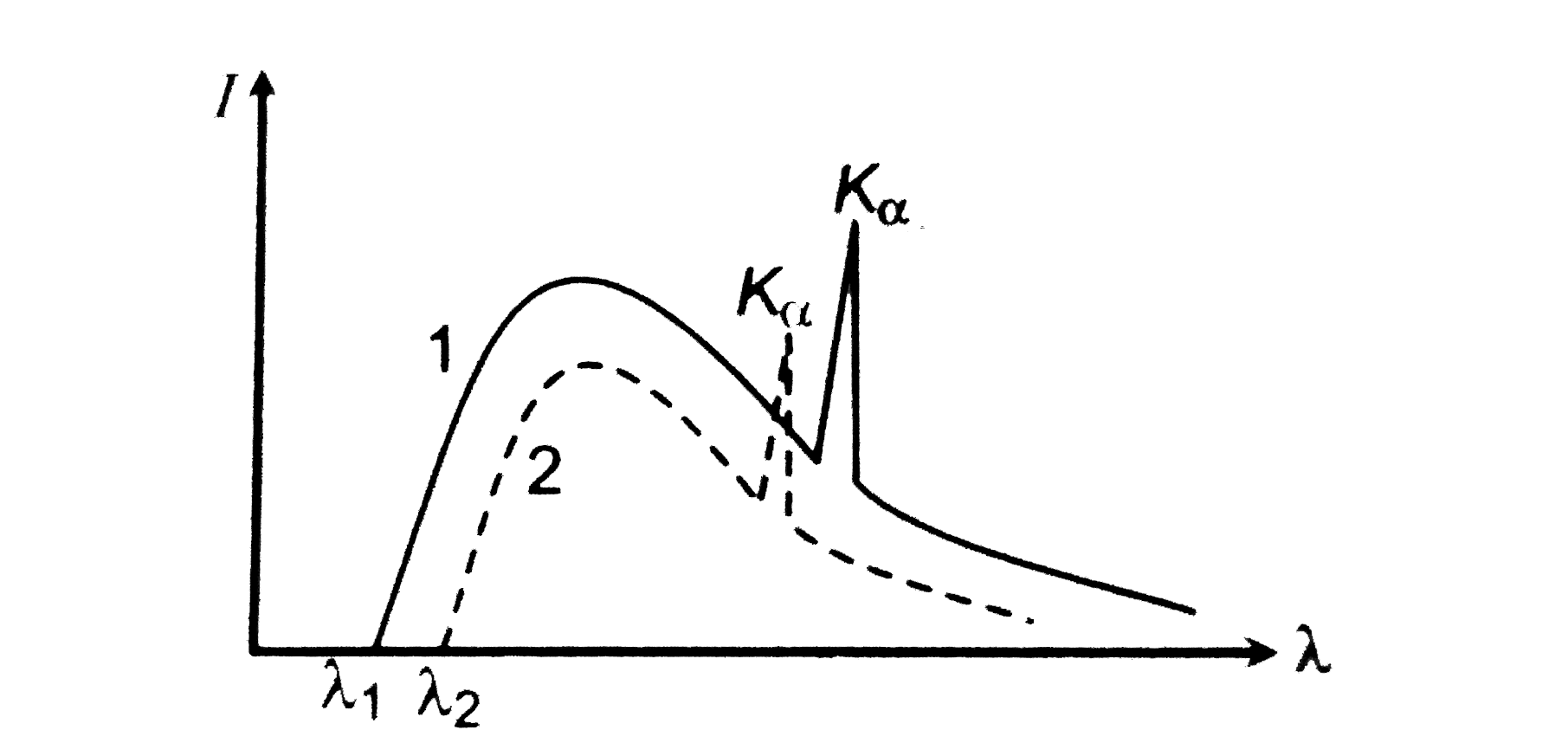The energy of a photon of characteristic X-ray from a Coolidge tube comes from
the kinetic energy of the striking electron
the kinetic energy of the free electrons of the target
the kinetic energy of the ions of the target
an atomic transition in the target
The correct Answer is:D
Step by step video, text & image solution for The energy of a photon of characteristic X-ray from a Coolidge tube comes from by Physics experts to help you in doubts & scoring excellent marks in Class 12 exams.
Topper's Solved these Questions
- BOOK - DC PANDEYCHAPTER - ATOMSEXERCISE - Taking it together117videos
ATOMS
- BOOK - DC PANDEYCHAPTER - ATOMSEXERCISE - ASSERTION AND REASON10videos
ATOMS
- BOOK - DC PANDEYCHAPTER - ATOMSEXERCISE - Check point 12.216videos
ATOMS
- BOOK - DC PANDEYCHAPTER - ALTERNATING CURRENTEXERCISE - JEE MAIN63videos
ALTERNATING CURRENT
- BOOK - DC PANDEYCHAPTER - CAPACITORSEXERCISE - OBJECTIVE_TYPE1videos
CAPACITORS
Similar Questions
Consider a photon of continuous X-ray and a photon of characteristic X-ray of the same wavelength. Which of the following is/are different for the two photons?
View SolutionOne of the following wavelength is absent and the rest are present in the X-rays coming from a Coolidge tube. Which one is the absent wavelength?
View Solution
Knowledge Check
- Question 1 - Select One
Consider a photon of continuous X-ray coming from a Coolidge tube. Its energy comes from
Athe kinetic energy of the striking electronBthe kinetic energy of the free electrons of the targetCthe kinetic energy of the ions of the targetDan atomic transition in the target - Question 2 - Select One
Cosmic rays comes from
ASunBOther planets or outer spaceCStratosphereDBoth A and B - Question 3 - Select One
The order of energy of X-ray photon is :-
AMeVBkeVCeVDGeV
Cutoff wavelength of X-rays coming from a Coolidge tube depends on the
View SolutionThe intensity distribution of X - rays from two Coolidge tubes operated on different voltages V1 and V2 and using is shown in the figure . Which one of the following inequalities is true ?
 View Solution
View SolutionThe continuous x - ray spectrum obtained from a Coolidge tube is of the form
View SolutionIn above question the energy of the characteristic X - rays given out is
View SolutionTo produce hard X-rays in Coolidge tube, we should increase
View Solution
